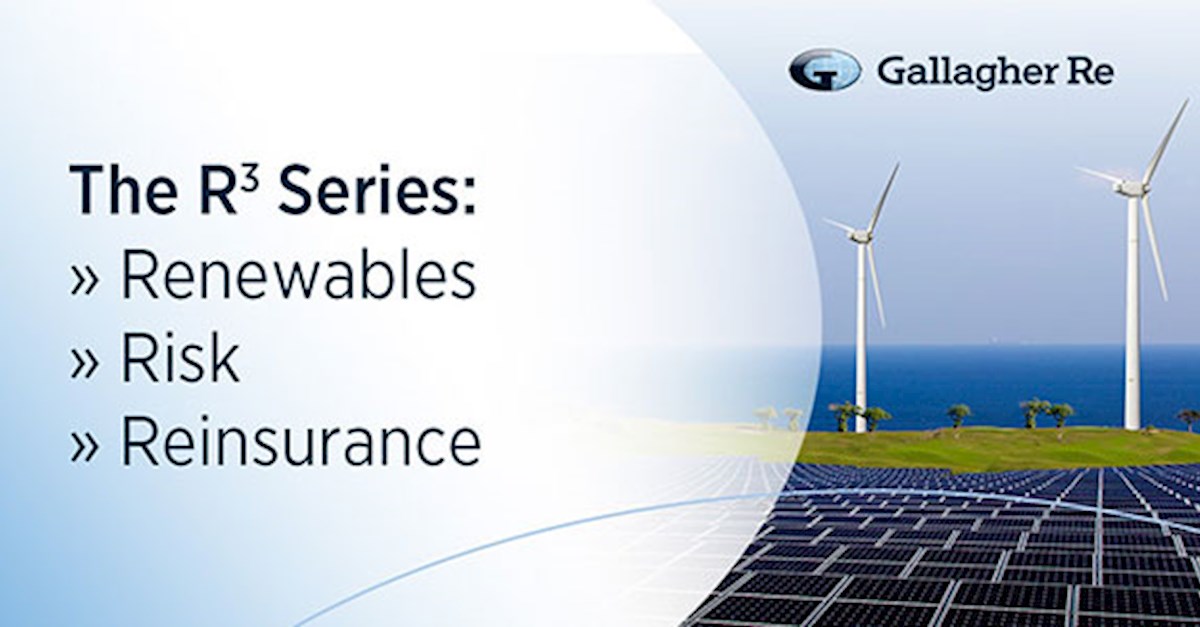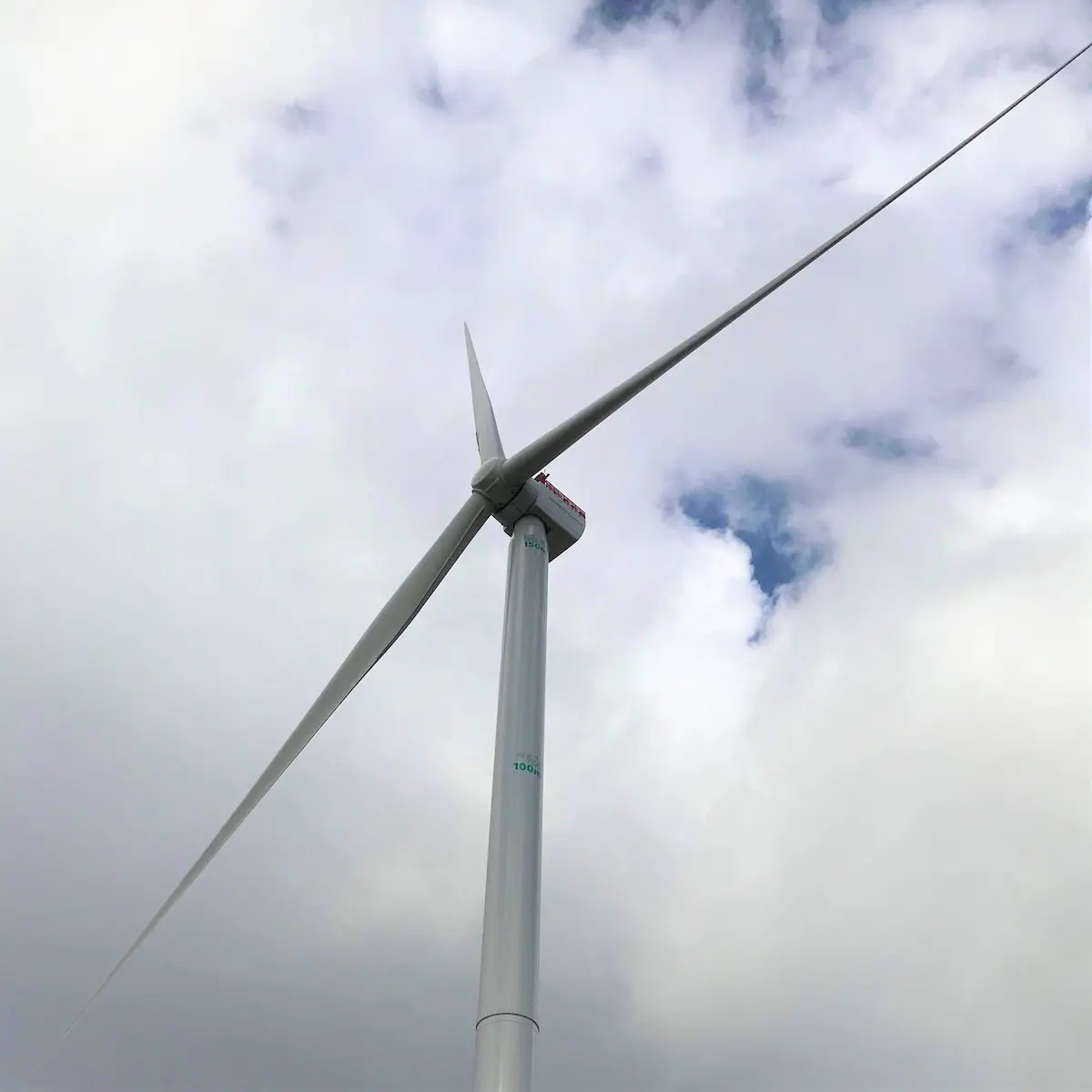China, Once again, your figures only tell part of the story IMHO.
.
The uptake of PMSG's since 2018 is made apparent by the rapid increase of installed global capacity from around 590Gw in 2018 to 1050Gw in 2023, You don't have to be a rocket scientist to work out that nearly 50% of WT's are younger than 5 years old.
.MW I agree, but not per unit/ per wind turbine.
.
This is correct,in MW capacity, but not in terms of physical units installed.
.
I personally believe the pertinent point for IXR is the number of wind turbines installed, as opposed to the MW output.
.
As you have pointed to the MW as your key metric, have you considered that the sharp increase in global MW production, is due to the newer PMSG design ?
In some cases, they has 8X the output of the very early designs, going from a 2MW to a 16MW just in PMSG units , and up from an early 250kw asynchronous unit to a 16MW unit, that's a whopping 64x!
So theres a massive increase in gross MW, but less physical units being installed.
I have previously discussed that wind generator replacement is not mutually exclusive to end of life.
Land access, environmental issues, permitting has become a huge issue, which warrants the replacement of kw or lower MW units, with the more modern high capacity MW units.
In my last post, there are probably at least 620 older PMSG's, that will be marked for either end of life replacement, or upgrade to newer, higher MW units.
And that was just Sweden, Germany, and onshore Scotland and Ireland.These can contain anywhere between 300-600kg of rare earth PM's.
If we average to 450kg/generator, that is nearly 280 tonnes of feedstock.
There are other massive farms in Portugal, eg established 2008-Alto Minho, which uses 68 Enercon E82's and 52 Enercon E70's, ALL with synchronous Permanent magnet generators..........2008, thats 16 years ago....
.
.And there are many more.
.
As for reliability, the trend is down not up, with decreasing reliability.
.
Feb 2023
.
Unexpected and increasing wind turbine failure rates, largely in newer and bigger models, are savaging the profits of some of the world’s biggest manufacturers, as Siemens Gamesa, GE and Vestas report heavy repair and maintenance losses.
Faulty components created a €472 million hole in Siemens Gamesa’s December quarter result, making up more than half of the nearly billion-euro loss for the period. Of that total, €187 million was due to a reduction in revenue with the remainder due to warranty provisioning.
The wind turbine maker said a “negative trend” of failure rates from turbines are causing higher than expected maintenance costs and warranty call-outs. It did not specify which components are affected.
Siemens Gamesa ended the year with a quarterly loss of €884 million ($A1.4 billion), more than double that of the same period the prior year, and net debt of €1.9 billion.
Write-downs in goodwill and the inclusion of integration and restructuring costs come as the company prepares to delist and integrate with Siemens Energy.
“The group’s financial performance in Q1 23 was materially impacted by the outcome of the company’s periodic monitoring and technical failure assessment of its installed fleet,” the company said in its quarterly results.
“The expected cash impact during FY23 amounts to a mid-double-digit euro million figure.”
Vestas has added €210 million in warranty provisions for repairs in the December quarter, as rising call outs and higher upgrade costs bite at the Danish company, too.
Vestas also said its lost production factor is rising towards 4 per cent due to the number of “extraordinary” repairs and upgrades.
And these losses by Siemens Gamesa and Vestas correlates with the insurance claims below....mostly under 5 years of turbine life
https://www.ajg.com/gallagherre/news-and-insights/2024/march/wind-turbine-failures-raise-concerns/
Mar 2024
In itsnewest study, Gallagher Re explains that the primary cause of wind turbine damage is often adverse weather, though manufacturing defects also contribute significantly. Typically, if a failure occurs within the standard five-year warranty period for offshore wind projects, manufacturers are responsible for the costs. This responsibility is sometimes reflected in their financial outcomes.
And
Mar 2024
| | As wind projects get larger and more complex, can insurers always rely on manufacturers' warranties to cover any problems? www.ajg.com |
|---|
How risky are wind turbines, and who pays when they fail? For insurers looking to offer protection to this fast-growing industry, these questions are crucial. Unfortunately, a spate of wind turbine collapses over the past couple of years has thrown a spotlight onto the issue.1
These high-profile collapses understandably capture public attention, but smaller failures that require maintenance or the replacement of components can also cause interruptions and financial losses.
While bad weather causes much of the turbine loss and damage, manufacturing problems and defects can also take their toll. If failures happen in the typical warranty period — five years for offshore wind — then manufacturers may pick up the tab. This practice is sometimes reflected in the companies' results.2
| | Faulty components in turbines still under warranty are starting to savage the profits of some of the industry’s biggest players. So what’s going on? reneweconomy.com.au |
|---|
And
2023
| On the Sensitivity of Wind Turbine Failure Rate Estimates to Failure Definitions, F Anderson, R Dawid, D McMillan, D García Cava iopscience.iop.org |
|---|
The baseline estimate is 9.06 failures per turbine per year. This figure changes significantly when introducing a lower downtime limit, repair limit or limit on time between subsequent downtimes of the same turbine for a downtime event to be considered a failure.
And if you are referring to the older WT that IXR will be targeting, this from 2017
| | The business of wind generation is less than breezy these days for clean-energy producer NextEra Energy Resources. www.enr.com |
|---|
There are currently about 53,000 turbines in the U.S. Wind-turbine rotor blades fail at a rate of approximately 3,800 a year, 0.54% of the 700,000 or so blades that were in operation worldwide at the time of a 2015 study by renewable-energy insurance underwriter GCube.
The National Renewable Energy Laboratory’s 2013 review of drive-part failures in wind turbines found that electrical systems had the highest failure rate of internal turbine parts.
These units work in extreme environments, particularly offshore
30 year life at sea....good luck with that mate....
And they are not the only feedstock.
One aspect I did not mention, was other areas of feedstock which the CRMA tries to address.
Everything from speakers, mobile phones, any motor fitted to an appliance (dryer, washer, vacuum cleaner, dishwasher etc...) as well as most electric power tools (drills, multiple saw eg recip/circulat/jig etc.. chainsaws, sanders, grinders, routers, electric lawn mowers) as well as written off vehicles.. Hybrids, PHEV's, EV's, motorbikes, E bikes etc)
All this smaller material adds up...think of the consumption of Europe, or the US.
Now some smaller items simply becomes to difficult process, like mobile phones, but when you are talking hybrid vehicles, the Prius alone has sold over 5 million units, with the very first Prius' going on sale in 1997...yes, it has been that long.
Then we have all the pharma applications, MRI machines in particular, which can have massive rare earth magnets and can be in the tonnes, as well as heart pumps, sleep apnea machines, dialysis, ventilators, mobility scooters, electric wheel chairs, nuclear magnetic resonance etc...
It all adds up....
None of this material can leave the EU, and all these components can quickly add up to tonnes of feedstock.
We can debate the finer points of wind turbines forever.
.
SO, to the point.
If the question is about feedstock for Ionic Tech, well, I reckon they are covered.....
And the beauty is, In effect, China's magnetic products, whether it is in MRI machines or wind turbines or EV motors, will feed IXR's future....which is to decouple western supply chains from China...how ironic.
We just need to stay alive long enough to realise this potential.
 (20min delay)
(20min delay)







